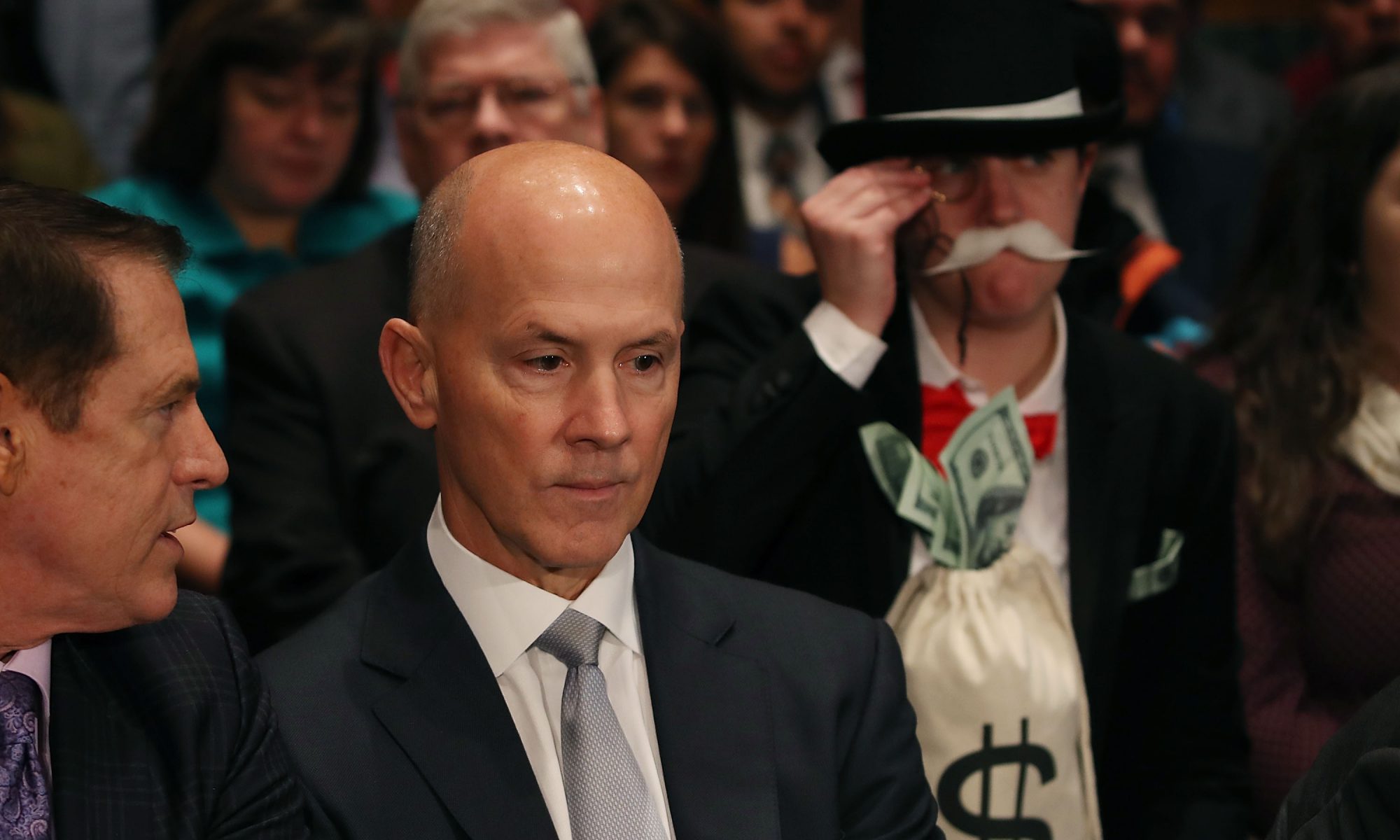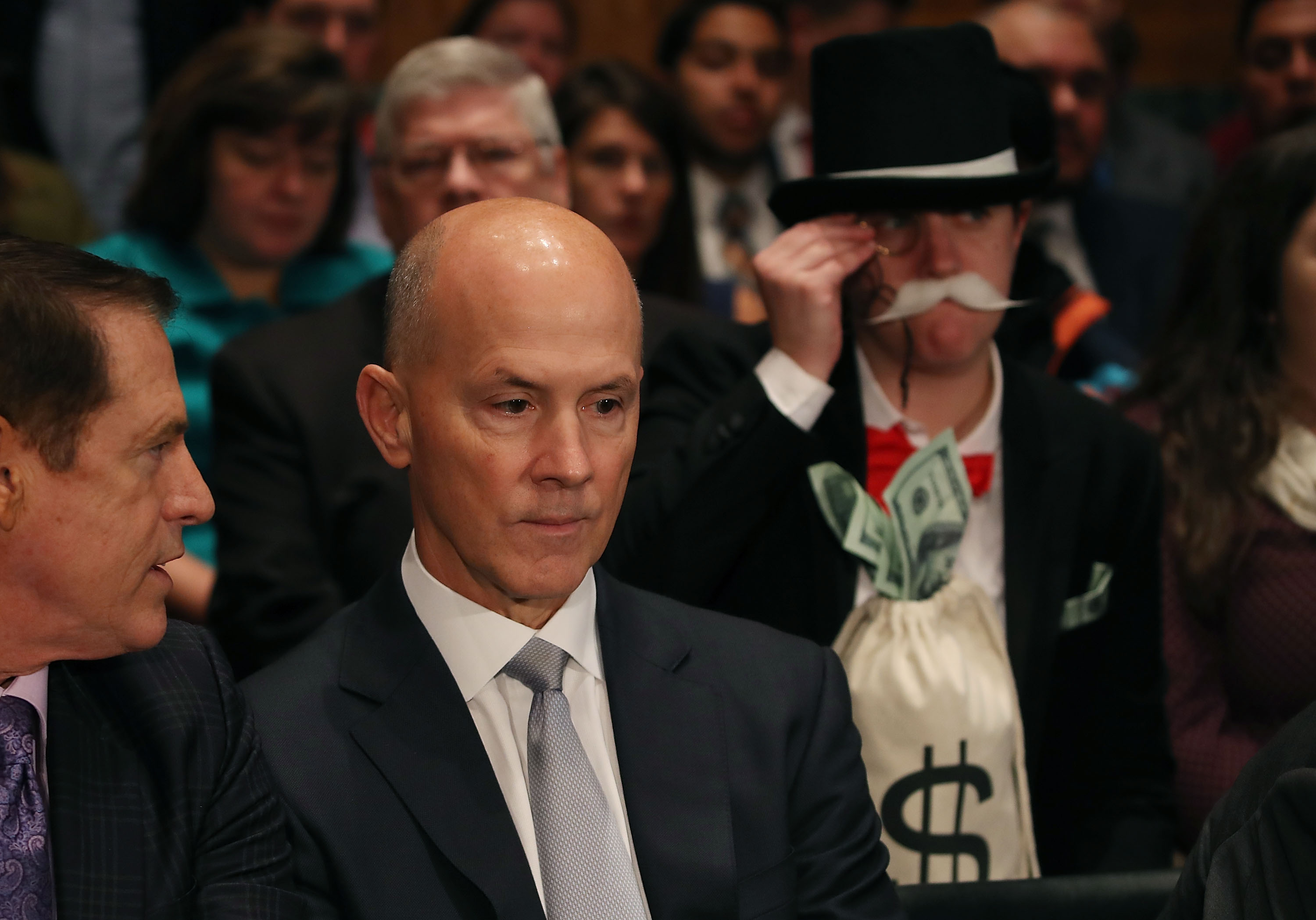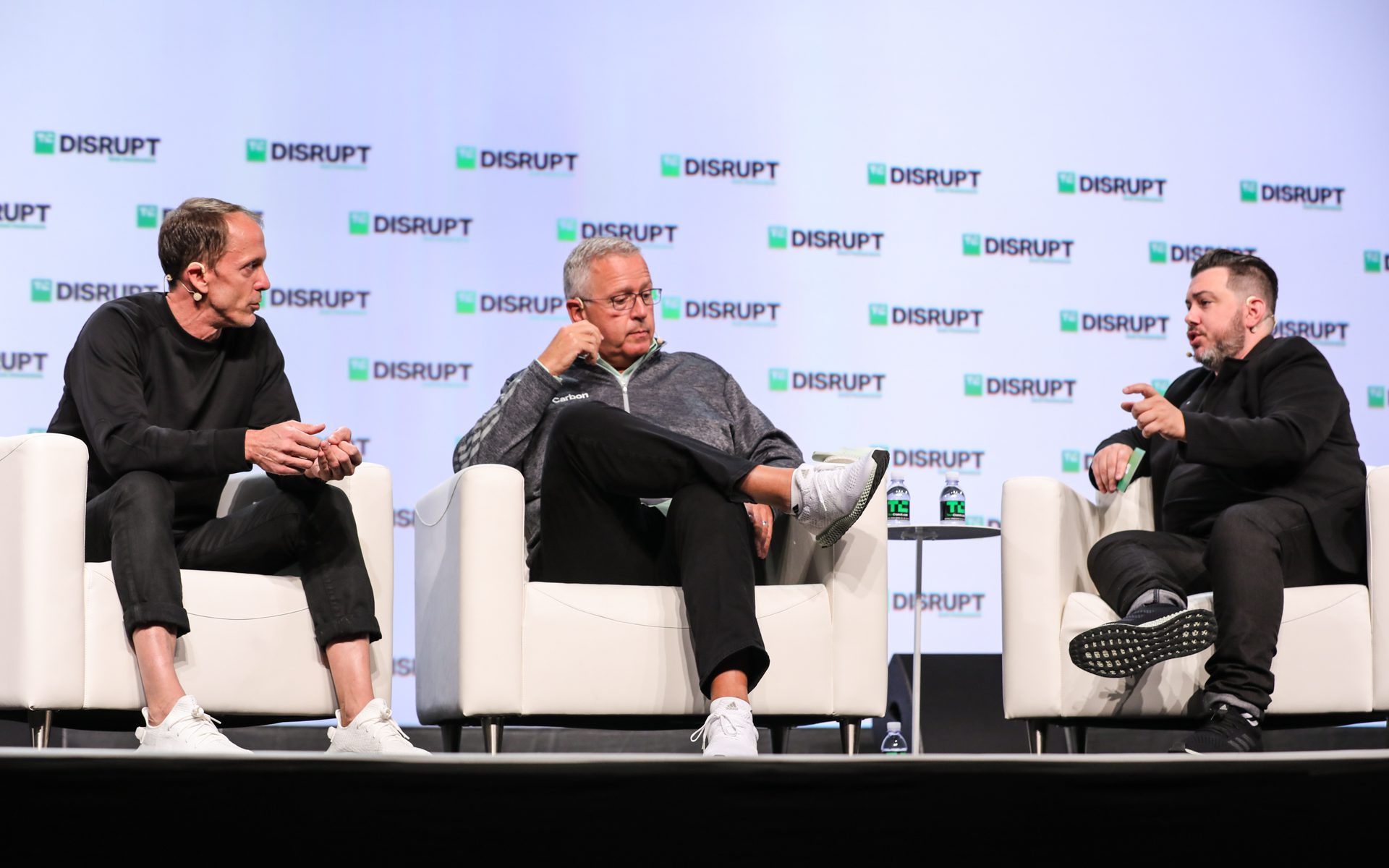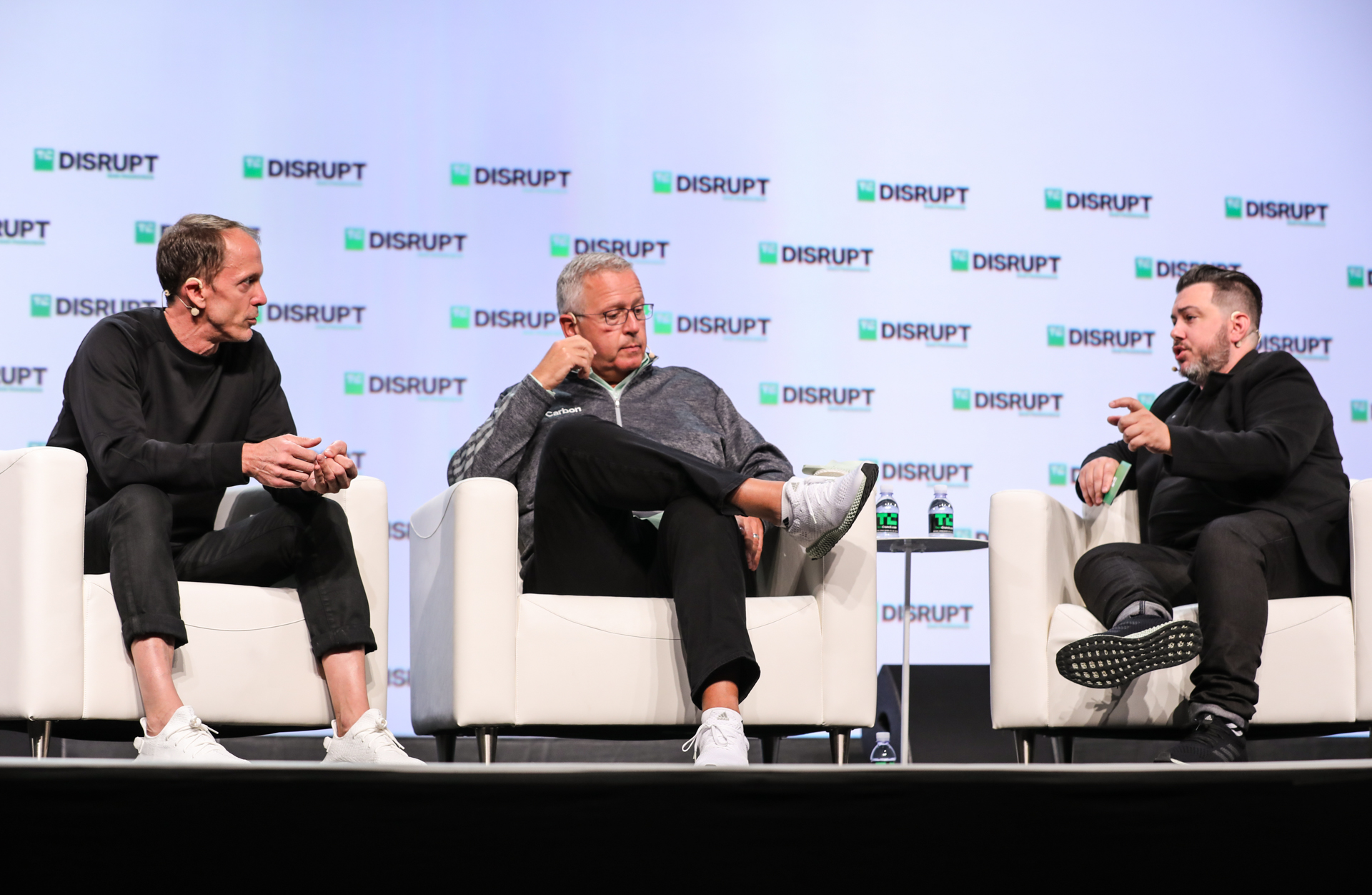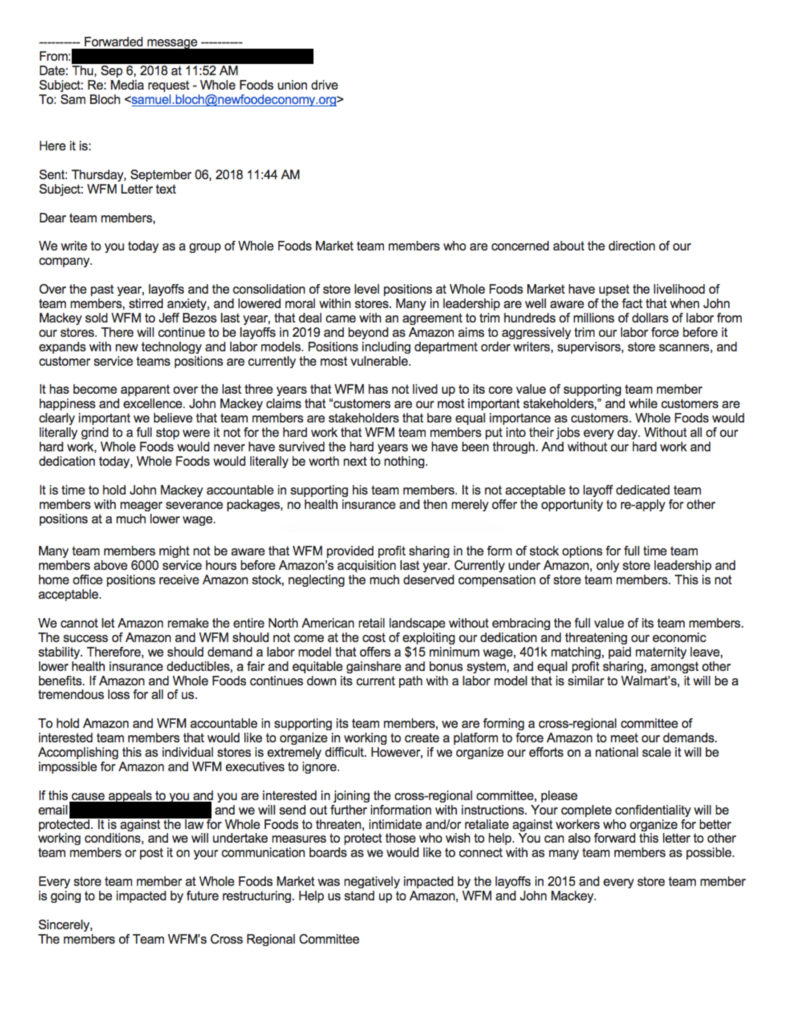European Union lawmakers are facing a major vote on digital copyright reform proposals on Wednesday — a process that has set the Internet’s hair fully on fire.
Here’s a run down of the issues and what’s at stake…
Article 13
The most controversial component of the proposals concerns user-generated content platforms such as YouTube, and the idea they should be made liable for copyright infringements committed by their users — instead of the current regime of takedowns after the fact (which locks rights holders into having to constantly monitor and report violations — y’know, at the same time as Alphabet’s ad business continues to roll around in dollars and eyeballs).

Critics of the proposal argue that shifting the burden of rights liability onto platforms will flip them from champions to chillers of free speech, making them reconfigure their systems to accommodate the new level of business risk.
More specifically they suggest it will encourage platforms into algorithmically pre-filtering all user uploads — aka #censorshipmachines — and then blinkered AIs will end up blocking fair use content, cool satire, funny memes etc etc, and the free Internet as we know it will cease to exist.
Backers of the proposal see it differently, of course. These people tend to be creatives whose professional existence depends upon being paid for the sharable content they create, such as musicians, authors, filmmakers and so on.
Their counter argument is that, as it stands, their hard work is being ripped off because they are not being fairly recompensed for it.
Consumers may be the ones technically freeloading by uploading and consuming others’ works without paying to do so but creative industries point out it’s the tech giants that are gaining the most money from this exploitation of the current rights rules — because they’re the only ones making really fat profits off of other people’s acts of expression. (Alphabet, Google’s ad giant parent, made $31.16BN in revenue in Q1 this year alone, for example.)
YouTube has been a prime target for musicians’ ire — who contend that the royalties the company pays them for streaming their content are simply not fair recompense.
Article 11
The second controversy attached to the copyright reform concerns the use of snippets of news content.
European lawmakers want to extend digital copyright to also cover the ledes of news stories which aggregators such as Google News typically ingest and display — because, again, the likes of Alphabet is profiting off of bits of others’ professional work without paying them to do so. And, on the flip side, media firms have seen their profits hammered by the Internet serving up free content.
The reforms would seek to compensate publishers for their investment in journalism by letting them charge for use of these text snippets — instead of only being ‘paid’ in traffic (i.e. by becoming yet more eyeball fodder in Alphabet’s aggregators).

Critics don’t see it that way of course. They see it as an imposition on digital sharing — branding the proposal a “link tax” and arguing it will have a wider chilling effect of interfering with the sharing of hyperlinks.
They argue that because links can also contain words of the content being linked to. And much debate has raged over on how the law would (or could) define what is and isn’t a protected text snippet.
They also claim the auxiliary copyright idea hasn’t worked where it’s already been tried (in Germany and Spain). Google just closed its News aggregator in the latter market, for example. Though at the pan-EU level it would have to at least pause before taking a unilateral decision to shutter an entire product.
Germany’s influential media industry is a major force behind Article 11. But in Germany a local version of a snippet law that was passed in 2013 ended up being watered down — so news aggregators were not forced to pay for using snippets, as had originally been floated.
Without mandatory payment (as is the case in Spain) the law has essentially pitted publishers against each other. This is because Google said it would not pay and also changed how it indexes content for Google News in Germany to make it opt-in only.
That means any local publishers that don’t agree to zero-license their snippets to Google risk losing visibility to rivals that do. So major German publishers have continued to hand their snippets over to Google.
But they appear to believe a pan-EU law might manage to tip the balance of power. Hence Article 11.
Awful amounts of screaming
For critics of the reforms, who often sit on the nerdier side of the spectrum, their reaction can be summed up by a screamed refrain that IT’S THE END OF THE FREE WEB AS WE KNOW IT.
WikiMedia has warned that the reform threatens the “vibrant free web”.
A coalition of original Internet architects, computer scientists, academics and others — including the likes of world wide web creator Sir Tim Berners-Lee, security veteran Bruce Schneier, Google chief evangelist Vint Cerf, Wikipedia founder Jimmy Wales and entrepreneur Mitch Kapor — also penned an open letter to the European Parliament’s president to oppose Article 13.
In it they wrote that while “well-intended” the push towards automatic pre-filtering of users uploads “takes an unprecedented step towards the transformation of the Internet from an open platform for sharing and innovation, into a tool for the automated surveillance and control of its users”.
There is more than a little irony there, though, given that (for example) Google’s ad business conducts automated surveillance of the users of its various platforms for ad targeting purposes — and through that process it’s hoping to control the buying behavior of the individuals it tracks.
At the same time as so much sound and fury has been directed at attacking the copyright reform plans, another very irate, very motivated group of people have been lustily bellowing that content creators need paying for all the free lunches that tech giants (and others) have been helping themselves to.
But the death of memes! The end of fair digital use! The demise of online satire! The smothering of Internet expression! Hideously crushed and disfigured under the jackboot of the EU’s evil Filternet!
And so on and on it has gone.
(For just one e.g., see the below video — which was actually made by an Australian satirical film and media company that usually spends its time spoofing its own government’s initiatives but evidently saw richly viral pickings here… )
For a counter example, to set against the less than nuanced yet highly sharable satire-as-hyperbole on show in that video, is the Society of Authors — which has written a 12-point breakdown defending the actual substance of the reform (at least as it sees it).
A topline point to make right off the bat is it’s hardly a fair fight to set words against a virally sharable satirical video fronted by a young lady sporting very pink lipstick. But, nonetheless, debunk the denouncers these authors valiantly attempt to.
To wit: They reject claims the reforms will kill hyperlinking or knife sharing in the back; or do for online encyclopedias like Wikimedia; or make snuff out of memes; or strangle free expression — pointing out that explicit exceptions that have been written in to qualify what it would (and would not) target and how it’s intended to operate in practice.
Wikipedia, for example, has been explicitly stated as being excluded from the proposals.
But they are still pushing water uphill — against the tsunami of DEATH OF THE MEMES memes pouring the other way.
Russian state propaganda mouthpiece RT has even joined in the fun, because of course Putin is no fan of EU…
Terrible amounts of lobbying
The Society of Authors makes the very pertinent point that tech giants have spent millions lobbying against the reforms. They also argue this campaign has been characterised by “a loop of misinformation and scaremongering”.
So, basically, Google et al stand accused of spreading (even more) fake news with a self-interested flavor. Who’d have thunk it?!

Dollar bills standing on a table in Berlin, Germany. (Photo by Thomas Trutschel/Photothek via Getty Images)
The EU’s (voluntary) Transparency Register records Google directly spending between $6M and $6.4M on regional lobbying activities in 2016 alone. (Although that covers not just copyright related lobbying but a full laundry list of “fields of interest” its team of 14 smooth-talking staffers apply their Little Fingers to.)
But the company also seeks to exert influence on EU political opinion via membership of additional lobbying organizations.
And the register lists a full TWENTY-FOUR organizations that Google is therefore also speaking through (by contrast, Facebook is merely a member of eleven bodies) — from the American chamber of Commerce to the EU to dry-sounding thinktanks, such as the Center for European Policy Studies and the European Policy Center. It is also embedded in startup associations, like Allied for Startups. And various startup angles have been argued by critics of the copyright reforms — claiming Europe is going to saddle local entrepreneurs with extra bureaucracy.
Google’s dense web of presence across tech policy influencers and associations amplifies the company’s regional lobbying spend to as much as $36M, music industry bosses contend.
Though again that dollar value would be spread across multiple GOOG interests — so it’s hard to sum the specific copyright lobbying bill. (We asked Google — it didn’t answer). Multiple millions looks undeniable though.
Of course the music industry and publishers have been lobbying too.
But probably not at such a high dollar value. Though Europe’s creative industries have the local contacts and cultural connections to bend EU politicians’ ears. (As, well, they probably should.)
Seasoned European commissioners have professed themselves astonished at the level of lobbying — and that really is saying something.
Yes there are actually two sides to consider…

Returning to the Society of Authors, here’s the bottom third of their points — which focus on countering the copyright reform critics’ counterarguments:
The proposals aren’t censorship: that’s the very opposite of what most journalists, authors, photographers, film-makers and many other creators devote their lives to.
Not allowing creators to make a living from their work is the real threat to freedom of expression.
Not allowing creators to make a living from their work is the real threat to the free flow of information online.
Not allowing creators to make a living from their work is the real threat to everyone’s digital creativity.
Stopping the directive would be a victory for multinational internet giants at the expense of all those who make, enjoy and enjoy using creative works.
Certainly some food for thought there.
But as entrenched, opposing positions go, it’s hard to find two more perfect examples.
And with such violently opposed and motivated interest groups attached to the copyright reform issue there hasn’t really been much in the way of considered debate or nuanced consideration on show publicly.
But being exposed to endless DEATH OF THE INTERNET memes does tend to have that effect.
What’s that about Article 3 and AI?
There is also debate about Article 3 of the copyright reform plan — which concerns text and data-mining. (Or TDM as the Commission sexily conflates it.)
The original TDM proposal, which was rejected by MEPs, would have limited data mining to research organisations for the purposes of scientific research (though Member States would have been able to choose to allow other groups if they wished).
This portion of the reforms has attracted less attention (butm again, it’s difficult to be heard above screams about dead memes). Though there have been concerns raised from certain quarters that it could impact startup innovation — by throwing up barriers to training and developing AIs by putting rights blocks around (otherwise public) data-sets that could (otherwise) be ingested and used to foster algorithms.
Or that “without an effective data mining policy, startups and innovators in Europe will run dry”, as a recent piece of sponsored content inserted into Politico put it.
That paid for content was written by — you guessed it! — Allied for Startups.
Aka the organization that counts Google as a member…
The most fervent critics of the copyright reform proposals — i.e. those who would prefer to see a pro-Internet-freedoms overhaul of digital copyright rules — support a ‘right to read is the right to mine’ style approach on this front.
So basically a free for all — to turn almost any data into algorithmic insights. (Presumably these folks would agree with this kind of thing.)
Middle ground positions which are among the potential amendments now being considered by MEPs would support some free text and data mining — but, where legal restrictions exist, then there would be licenses allowing for extractions and reproductions.
And now the amendments, all 252 of them…
The whole charged copyright saga has delivered one bit of political drama already — when the European Parliament voted in July to block proposals agreed only by the legal affairs committee, thereby reopening the text for amendments and fresh votes.
So MEPs now have the chance to refine the parliament’s position via supporting select amendments — with that vote taking place next week.
And boy have the amendments flooded in.
There are 252 in all! Which just goes to show how gloriously messy the democratic process is.
It also suggests the copyright reform could get entirely stuck — if parliamentarians can’t agree on a compromise position which can then be put to the European Council and go on to secure final pan-EU agreement.
MEP Julia Reda, a member of The Greens–European Free Alliance, who as (also) a Pirate Party member is very firmly opposed to the copyright reform text as was voted in July (she wants a pro-web-freedoms overhauling of digital copyright rules), has created this breakdown of alternative options tabled by MEPs — seen through her lens of promoting Internet freedoms over rights extensions.
So, for example, she argues that amendments to add limited exceptions for platform liability would still constitute “upload filters” (and therefore “censorship machines”).
Her preference would be deleting the article entirely and making no change to the current law. (Albeit that’s not likely to be a majority position, given how many MEPs backed the original Juri text of the copyright reform proposals 278 voted in favor, losing out to 318 against.)
But she concedes that limiting the scope of liability to only music and video hosting platforms would be “a step in the right direction, saving a lot of other platforms (forums, public chats, source code repositories, etc.) from negative consequences”.
She also flags an interesting suggestion — via another tabled amendment — of “outsourcing” the inspection of published content to rightholders via an API”.
“With a fair process in place [it] is an interesting idea, and certainly much better than general liability. However, it would still be challenging for startups to implement,” she adds.
Reda has also tabled a series of additional amendments to try to roll back what she characterizes as “some bad decisions narrowly made by the Legal Affairs Committee” — including adding a copyright exception for user generated content (which would essentially get platforms off the hook insofar as rights infringements by web users are concerned); adding an exception for freedom of panorama (aka the taking and sharing of photos in public places, which is currently not allowed in all EU Member States); and another removing a proposed extra copyright added by the Juri committee to cover sports events — which she contends would “filter fan culture away“.
So is the free Internet about to end??
MEP Catherine Stihler, a member of the Progressive Alliance of Socialists and Democrats, who also voted in July to reopen debate over the reforms reckons nearly every parliamentary group is split — ergo the vote is hard to call.
“It is going to be an interesting vote,” she tells TechCrunch. “We will see if any possible compromise at the last minute can be reached but in the end parliament will decide which direction the future of not just copyright but how EU citizens will use the internet and their rights on-line.
“Make no mistake, this vote affects each one of us. I do hope that balance will be struck and EU citizens fundamental rights protected.”
So that sort of sounds like a ‘maybe the Internet as you know it will change’ then.
Other views are available, though, depending on the MEP you ask.
We reached out to Axel Voss, who led the copyright reform process for the Juri committee, and is a big proponent of Article 13, Article 11 (and the rest), to ask if he sees value in the debate having been reopened rather than fast-tracked into EU law — to have a chance for parliamentarians to achieve a more balanced compromise. At the time of writing Voss hadn’t responded.
Voting to reopen the debate in July, Stihler argued there are “real concerns” about the impact of Article 13 on freedom of expression, as well as flagging the degree of consumer concern parliamentarians had been seeing over the issue (doubtless helped by all those memes + petitions), adding: “We owe it to the experts, stakeholders and citizens to give this directive the full debate necessary to achieve broad support.”
MEP Marietje Schaake, a member of the Alliance of Liberals and Democrats for Europe, was willing to hazard a politician’s prediction that the proposals will be improved via the democratic process — albeit, what would constitute an improvement here of course depends on which side of the argument you stand.
But she’s routing for exceptions for user generated content and additional refinements to the three debated articles to narrow their scope.
Her spokesman told us: “I think we’ll end up with new exceptions on user generated content and freedom of panorama, as well as better wording for article 3 on text and data mining. We’ll end up probably with better versions of articles 11 and 13, the extent of the improvement will depend on the final vote.”
The vote will be held during an afternoon plenary session on September 12.
So yes there’s still time to call your MEP.
Source: Tech Crunch


